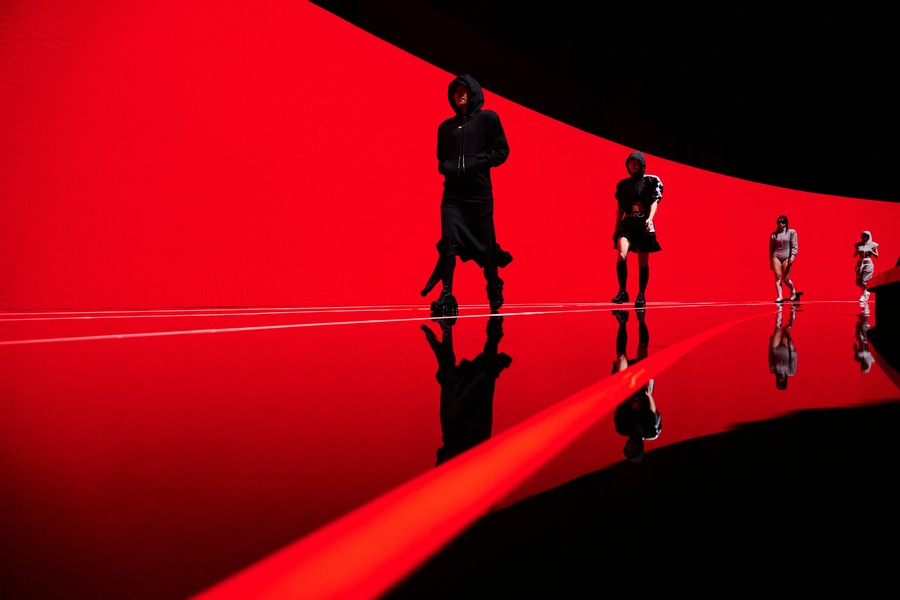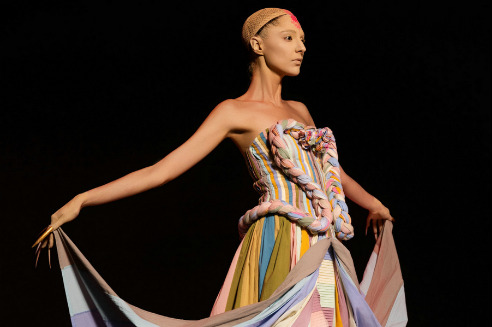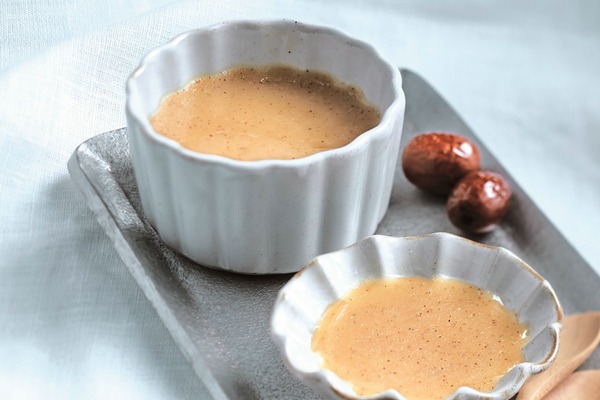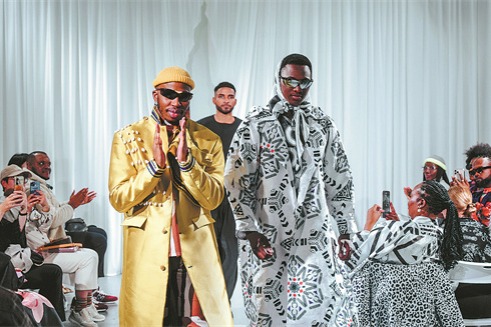Tradition back in fashion
Show highlights ethnic group's sense of style and craftsmanship, Wang Ru reports.

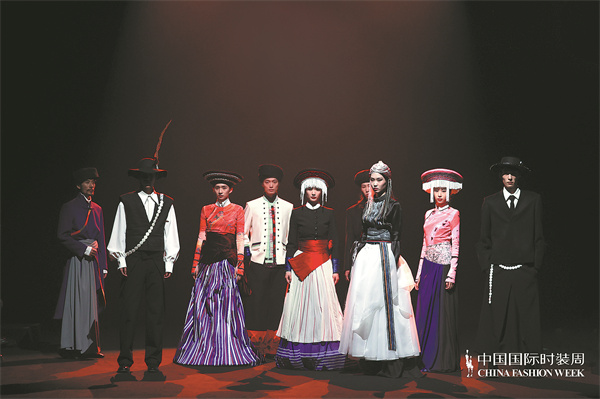
Jiang Zhiyuan, a fashion designer of this show, says his design was deeply influenced by Lisu tradition. He says Lisu people wear a large outer garment and then wrap it around the body with a cloth belt to secure it.
This reminds him of the trench coat. Therefore, he designed new styles of trench coats combining features of Lisu clothing so that people can pair them with their modern outfits.
The major promoter of this activity is Gu, for whom telling the stories of Lisu group has long been a wish of the 40-year-old, also director of a Lisu ethnic group research association in Yanbian. She believes attire is a starting point from which people can get to know her group.
The Lisu ethnic group is believed to be a descendant of ancient Diqiang tribe, which is recorded to have been in present-day Shaanxi, Gansu and Sichuan provinces. Lisu people were constantly migrating and are now mainly in Yunnan and Sichuan provinces.
Without written records, Lisu people depicted stories on their costumes.
"Lisu clothing carries rich historical significance. The flower patterns on our clothing represent flowers from 77 mountains, the belt around our waists represents the rainbow in the sky, the alternating white and red on the pleated skirt symbolizes the 99 rivers and 12 mountain ranges, while the white patterns below signify the path our ancestors took (in their migration)," says Gu.
Influenced by her family members, Gu has valued the promotion of Lisu culture since adolescence. In 2011, when she graduated from IPAG Business School in Paris, she went back to her hometown to be engaged with it.
"When one is in a strange environment, speaking a different language and meeting different people, they tend to go through a period of introspection to see how they were shaped. Lisu culture has shaped me, and I deeply appreciate its value. Therefore, I returned to make it known by more people," says Gu.
Lisu people used to reside in deep mountains with hunting and agriculture as livelihood. They held a reverence for nature. For example, although they gathered fire grass to make clothes, they never cut big trees. When they hunted, they would free pregnant animals and cubs.
Such values, as part of local culture, are precious in Gu's heart and are shown in many of traditional Lisu handicrafts. She disagrees that Lisu costumes with rich colors are outdated, as some people say. "I love black and white art, but the color combinations of Lisu costumes are also attractive, not to mention their cultural significance," says Gu.
In 2019, with support from the local government, she established in Yanbian an inheritance center of the group's intangible cultural heritage to cultivate inheritors of the traditions and integrate their culture with tourist development.
She built five wooden houses, traditional dwellings of the Lisu, to display handicrafts and introduce the group's ceremonies. The center has become a tourist hot pot, attracting more than 50,000 visits every year.
The fashion show is one of her endeavors to make Lisu culture more widely known.
"I want to plant a seed in people's heart. I don't know what will grow out of it, but when more people see our cherished culture, they may develop better ideas of inheriting it," says Gu.
"Our elder generations walked out of mountains where they had resided, and we are standing on their shoulders to face a wider world," she adds.
Pan Yiqiao contributed to this story.



















